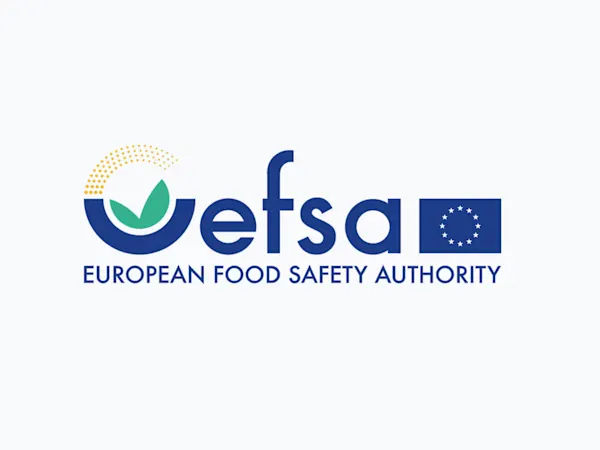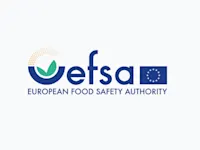Key Provisions of the Regulation
The regulation focuses on ensuring transparency and safety concerning hazardous substances in products. Key measures include:
- Tracking and Information Requirements: The regulation mandates that manufacturers provide detailed information on the presence of hazardous substances in their products. This includes the chemical composition, concentration levels, and safe use instructions. The aim is to ensure that consumers, recyclers, and waste managers are well-informed about the substances contained in products throughout their life cycle.
- Digital Product Passports: Each product will have a digital product passport containing critical information on hazardous substances, compliance documentation, and instructions for safe use, recycling, and disposal. This digital approach is designed to enhance accessibility and transparency of product information.
- Substances of Concern: The regulation defines substances of concern as those that are carcinogenic, mutagenic, toxic for reproduction, or have endocrine-disrupting properties, among other hazardous classifications. These substances will be closely monitored, and their presence in products will trigger specific information and performance requirements.
- Performance Requirements: The regulation includes performance requirements aimed at reducing the environmental and health impacts of hazardous substances. This encompasses setting concentration limits and ensuring that substances do not impair the recyclability or reusability of products. The requirements are intended to complement existing chemical safety laws and focus on improving product sustainability.
Detailed Requirements for Hazardous Substances
To ensure comprehensive protection for consumers and the environment, the regulation outlines specific requirements for managing hazardous substances in products:
- Identification and Reporting: Manufacturers must identify all hazardous substances present in their products and report this information through digital product passports. This includes providing data on the potential health and environmental risks associated with these substances.
- Concentration Limits: The regulation sets strict concentration limits for hazardous substances in products. These limits are designed to minimise exposure and reduce the overall environmental footprint of these substances. Manufacturers must ensure that their products comply with these limits before they can be placed on the market.
- Substance Substitution: Where feasible, manufacturers are encouraged to substitute hazardous substances with safer alternatives. The regulation supports research and development into alternative materials and provides guidelines for assessing the safety and effectiveness of these substitutes.
- Recycling and Disposal: The presence of hazardous substances must not hinder the recyclability or safe disposal of products. Manufacturers are required to design products in a way that facilitates the recovery and recycling of materials without releasing hazardous substances into the environment.
- Continuous Monitoring and Review: The European Commission will continuously monitor the implementation of these requirements and review the list of hazardous substances periodically. This ensures that the regulation adapts to new scientific findings and technological advancements.
Impacted Industries
The new regulation will have a significant impact across various industries, necessitating changes in product design, manufacturing processes, and material sourcing. Key industries affected include:
- Electronics and Electrical Equipment: This industry will face stringent requirements to reduce the presence of hazardous substances like lead, mercury, and cadmium. Manufacturers will need to adopt safer alternatives and ensure compliance with concentration limits.
- Textiles and Apparel: The textile industry will need to address the use of hazardous dyes and chemicals. The regulation will encourage the use of eco-friendly materials and safer chemical alternatives in textile production.
- Furniture and Home Goods: Manufacturers in this sector will be required to minimize hazardous substances in products such as flame retardants and formaldehyde in furniture, ensuring products are safer for consumers and the environment.
- Automotive: The automotive industry will need to reduce the use of hazardous materials in vehicle components, promoting the development of safer, more sustainable alternatives.
- Construction Materials: Producers of construction materials, including paints and coatings, will need to comply with new standards limiting hazardous substances, fostering a shift towards greener building products.
Impact on Industry and Consumers
The new regulation is expected to drive significant changes in product design and manufacturing processes. Manufacturers will need to adopt more sustainable practices, ensuring that hazardous substances are minimised or eliminated. The requirement for detailed information and digital product passports will facilitate better decision-making by consumers and more efficient recycling processes.








